GML
Type of resources
Available actions
Topics
Keywords
Contact for the resource
Provided by
Years
Formats
Representation types
Update frequencies
Service types
Scale
Resolution
-
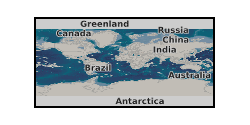
This service provides access to the World Mineral Statistics database data.
-
The Land Classification 1990 is a classification of Great Britain into a set of 32 environmental strata, termed land classes, to be used as a basis for ecological survey, originally developed by the Institute of Terrestrial Ecology (ITE) in the late 1970s. The strata were created from the multivariate analysis of 75 environmental variables, including climatic data, topographic data, human geographical features and geology data. The Land Classification can be used to stratify a wide range of ecological and biogeographical surveys to improve the efficiency of collection, analysis and presentation of information derived from a sample. The Land Classification 1990 provided stratification the Countryside Survey of Great Britain 1990. The dataset was later modified in 1998 and 2007 for successive Countryside Surveys, both versions of which are also available. Full details about this dataset can be found at https://doi.org/10.5285/ab320e08-faf5-48e1-9ec9-77a213d2907f
-
Elevation contour lines within the Wye catchment at 10 and 20 metre intervals. The contour lines have been digitised from a scanned topographic map.
-
Digital river network of the natural and artificial streams and rivers within the Plynlimon catchments.
-
The Land Classification 1998 is a classification of Great Britain into a set of 40 environmental strata, termed land classes, to be used as a basis for ecological survey, originally developed by the Institute of Terrestrial Ecology (ITE) in the late 1970s and building upon a previous 1990 version. The strata were created from the multivariate analysis of 75 environmental variables, including climatic data, topographic data, human geographical features and geology data. The Land Classification can be used to stratify a wide range of ecological and biogeographical surveys to improve the efficiency of collection, analysis and presentation of information derived from a sample. The Land Classification 1998 provided stratification for the Countryside Survey of Great Britain 2000 and was adjusted from the 1990 version as a consequence of needing to provide National Estimates for habitats for Scotland from Countryside Survey 2000 in addition to GB as a whole. The dataset was later modified in 2007 during Countryside Survey 2007. Both the 1990 version and the 2007 version are also available. Full details about this dataset can be found at https://doi.org/10.5285/971671a6-98b4-4d80-b165-21dace7373b9
-
Spot heights (elevation values in metres) for areas within the Plynlimon catchments; digitised from scanned topographic maps of Plynlimon Catchment Areas.
-
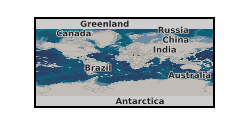
This web service shows the centroids for countries for which there are minerals statistics data (Imports, Exports, Production) in the World Mineral Statistics database. A GetFeatureInfo request can retrieve some of the data for the country queried, but to get all data you should used the associate WFS.
-
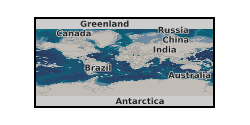
This service is the BGS contribution to the OneGeology project, providing UK onshore geological data at 1:625 000 scale and UK continental shelf seabed sediment data at 1:1 million scale. This map data is collected as part of an ongoing BGS project: Digital Geological Map of Great Britain (DiGMapGB). MapServer software is used to provide these OGC WMS and WFS services.
-
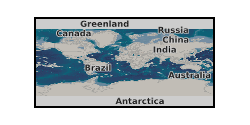
Data from the DiGMap covering the whole of the United Kingdom at a scale of 1:625 000 is available in this OGC WMS service for personal, non-commercial use only. The service is a contribution to the OneGeology-Europe initiative. The layers can be displayed either by age or by lithology. For more information about the digital maps available from the British Geological Survey, please visit https://www.bgs.ac.uk/datasets/bgs-geology/
-
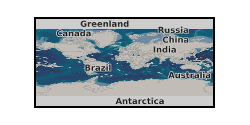
Data from the DiGMap covering the whole of the United Kingdom at a scale of 1:625 000 is available in this OGC WMS service for personal, non-commercial use only. The service is a contribution to the OneGeology-Europe initiative. The layers can be displayed either by age or by lithology. For more information about the digital maps available from the British Geological Survey, please visit https://www.bgs.ac.uk/geological-data/.
 NERC Data Catalogue Service
NERC Data Catalogue Service